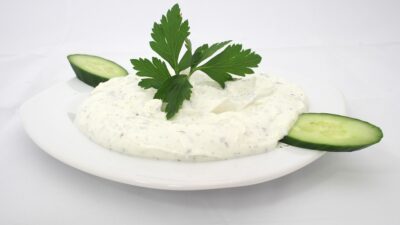In a world so vast and diverse, few experiences bring people together like the universal love for food. Exploring global cuisines can be akin to embarking on a journey around the world, where each dish tells a story of culture, tradition, and communal history. Let’s take a culinary adventure, one dinner at a time.
Starter: A Taste of Asia
Appetizer: Dim Sum (China)
Our journey begins in the heart of China, where dim sum offers a culinary tapestry of small plates featuring dumplings, buns, and rolls. Traditionally served with tea, these bite-sized wonders encourage sharing and socializing, making it a perfect start to our global dinner.
Soup: Tom Yum (Thailand)
Next, we travel to Thailand for a bowl of Tom Yum soup. Its harmonious mix of bold flavors—spicy, sour, and fragrant—complements the delicate notes of shrimp, mushrooms, and fresh herbs. This dish captures the spirit of Thai cuisine, emphasizing balance and freshness.
Main Course: The Heart of the Feast
Entree 1: Paella (Spain)
As we leave the East, we land in Spain with a vibrant plate of paella. Hailing from Valencia, this dish is a saffron-infused rice marvel, loaded with seafood, chicken, and seasonal vegetables. Paella is often enjoyed during gatherings, symbolizing the essence of fellowship.
Entree 2: Butter Chicken (India)
From Spain, we head to India, where butter chicken reigns supreme. This creamy dish, marinated in yogurt and spices, is best enjoyed with naan or basmati rice. The explosion of flavors—from sweet to savory—invites us to appreciate the complexities of Indian spices and cooking techniques.
Entree 3: Ratatouille (France)
In France, we revel in the rustic charm of ratatouille, a vegetable medley of zucchini, eggplant, bell peppers, and tomatoes, all perfectly seasoned. This dish not only embodies French country cooking but also serves as a celebration of the vibrant produce that characterizes the Mediterranean region.
Sides: Bringing It All Together
Side Dish 1: Tabbouleh (Lebanon)
No global dinner would be complete without a refreshing side like tabbouleh. This Levantine salad, made with parsley, bulgur, tomatoes, and a zesty lemon dressing, offers a delightful contrast to heartier main courses and showcases the freshness of Middle Eastern ingredients.
Side Dish 2: Kimchi (Korea)
From the Middle East, we take a leap to Korea, where kimchi—a fermented vegetable side dish—adds a spicy, probiotic punch to our meal. This staple reflects the Korean philosophy of harmony in cooking, where even the side dishes enhance and elevate the main courses.
Sweet Ending: Global Desserts
Dessert 1: Tiramisu (Italy)
As we transition to the sweet finale, we find ourselves in Italy, indulging in a classic tiramisu. This creamy concoction layers coffee-soaked ladyfingers with rich mascarpone cheese and cocoa. Tiramisu is more than a dessert; it’s a cultural icon, evoking memories of Italian hospitality with every bite.
Dessert 2: Mochi (Japan)
Finally, we pay homage to Japan with mochi—glutinous rice cakes that can be sweet or savory, but typically filled with sweet red bean paste or ice cream. Each mochi is a testament to precision and artistry, symbolizing the meticulous nature of Japanese culinary traditions.
Beverage Pairings: A World of Flavors
To further enhance our global dinner tour, consider pairing each course with traditional beverages. For instance, green tea complements Asian dishes, while a glass of Rioja suits the richness of paella. A sweet lassi pairs wonderfully with Indian cuisine, while a chilled rosé enhances the flavors of ratatouille.
Conclusion: A Culinary Journey
Exploring global cuisines is an enriching experience that transcends borders. Each dish invites us to appreciate its unique history and cultural significance. Whether through a lavish dinner party or intimate family meals, embracing international flavors can transform our dining experience into a vibrant celebration of culinary diversity.
So, gather your loved ones, bring a world map to the table, and take your taste buds on an unforgettable journey. Bon appétit!



